Early Verdict
We already knew that the Xiaomi 13 Pro had a lot to offer – having launched in China late last year. Now that it's gone global, the new Pro looks primed to surpasses expectations, with impressive hardware and design, and a heap of technology. It's the first international example of Xiaomi's recent partnership with imaging specialists Leica, paired with a massive 1-inch main camera sensor. Oh, and don't forget about the Snapdragon chipset, brilliant display, fast charging battery, and so much more.
Pros
- +
Most efficient chipset, RAM and storage available
- +
High-grade camera experience with Leica tuning
- +
Strong, confident design
Cons
- -
Fewer storage and color options compared to Chinese model
- -
Finish attracts fingerprints
- -
Huge camera bump
- -
Heavy
Why you can trust TechRadar
Xiaomi 13 Pro: Two-minute preview
The wait felt long but Xiaomi is finally bringing its latest flagship line – the Xiaomi 13 series – to international markets. The best phones on the global stage, like the iPhone 14 Pro Max and Samsung Galaxy S23 Ultra, have a new contender to worry about; one that doesn't mess around, based on my initial time with the Xiaomi 13 Pro.
Although it's intended as a direct successor to Xiaomi 12 Pro, one of the 13 Pro's biggest selling points (that new Leica-branded camera system) is actually a direct continuation of the technology first seen in the China-exclusive Xiaomi 12S Ultra that we encountered later into 2022, in August.
Our first taste of the company's newly-minted relationship with the optical wizards at Leica, mated with Sony's sizeable 1-inch IMX989 sensor and Xiaomi's own image processing, proved to be a recipe for success; impressing reviewer Basil Kronfli, who described the 12S Ultra as "the best camera phone I've used."

With such lofty praise, the 12S Ultra's absence from the international market felt like a crying shame, making the Xiaomi 13 Pro's fresh international release all the more significant.
That killer camera setup, features a trio of 50MP rear sensors, including a 3.2x telephoto with a floating lens arrangement. The Xiaomi 13 Pro also comes with a ceramic-backed body, plus Qualcomm's latest and greatest Snapdragon 8 Gen 2 mobile chipset, with faster and more efficient memory and storage than its predecessor.
For charging, we get the same impressive 120W wired, 50W wireless and 10W reverse wireless charging as before, but this time paired to a larger, 4,820mAh battery. Nice.
Although the verdict is still out on whether this is one of the best Android phones of the year, it certainly has the makings of a great flagship device, one that I can't wait to sink my teeth into for a full review, so don't forget to check back soon for a final verdict.
Sign up for breaking news, reviews, opinion, top tech deals, and more.
In the meantime, read on for my hands-on experiences with the Xiaomi 13 Pro, and if you're curious about its smaller-but-still-potent launch sibling, we also have a Xiaomi 13 review for you to enjoy too.
Hands-on Xiaomi 13 Pro review: Price and availability
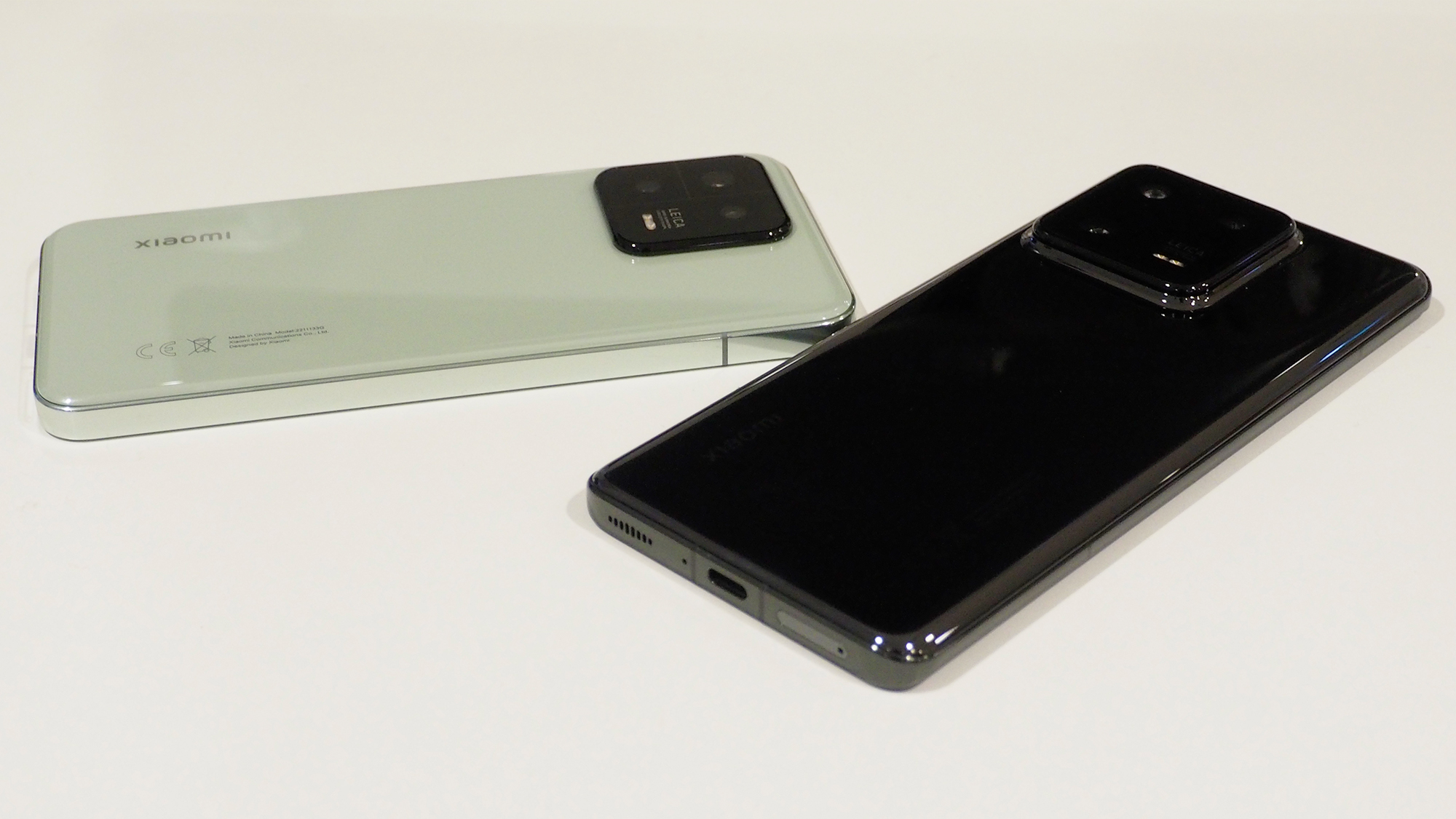

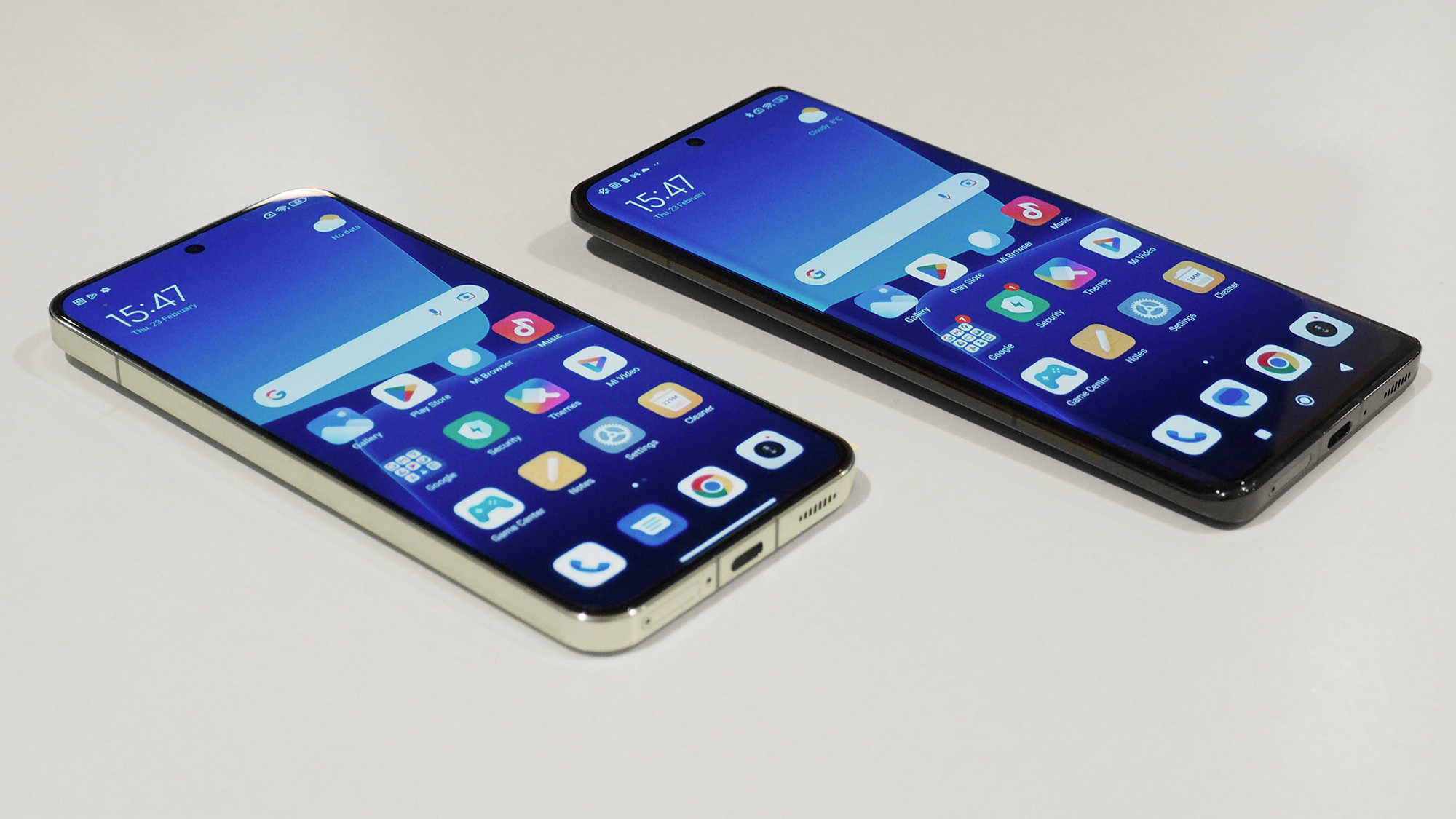
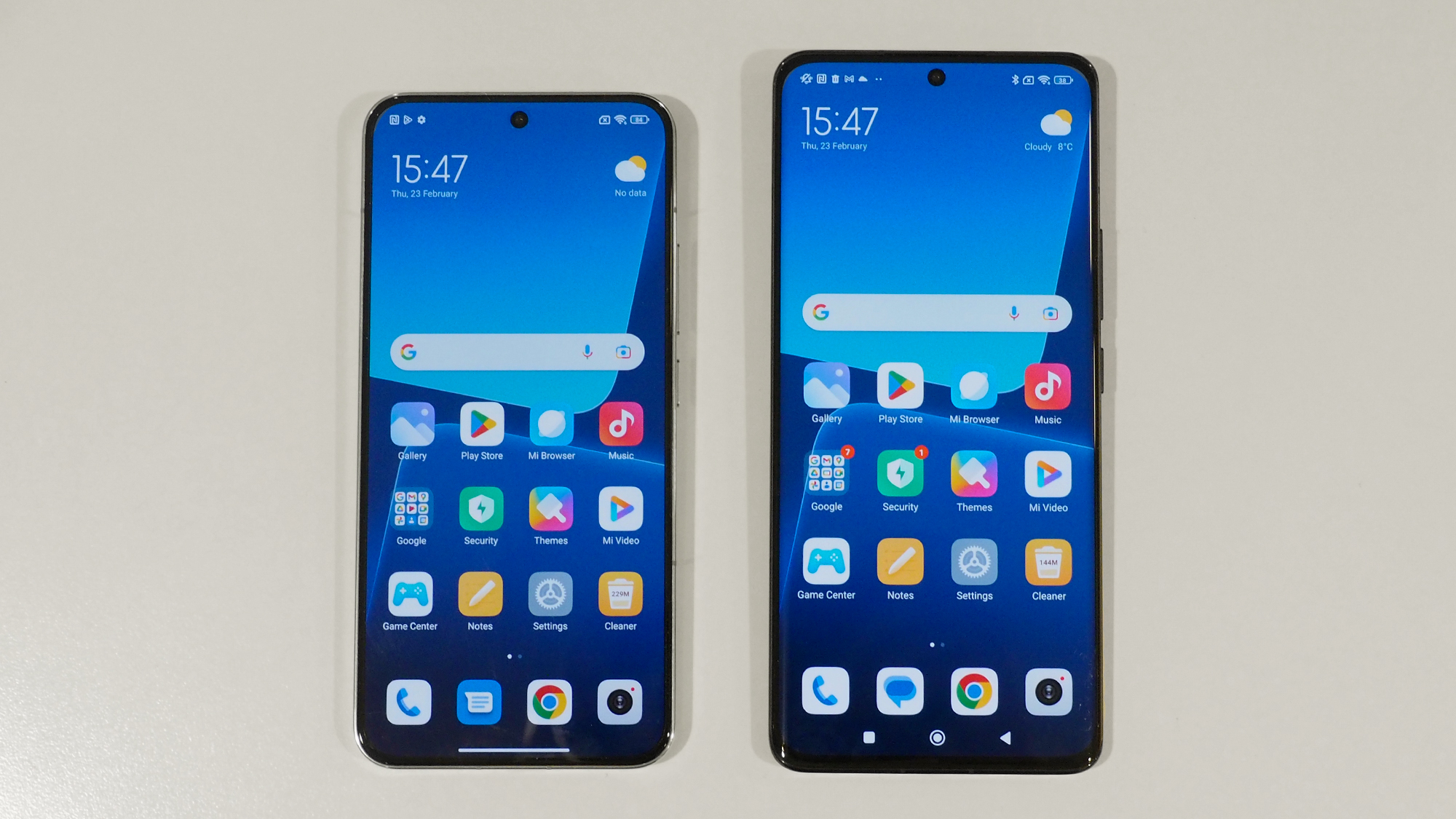
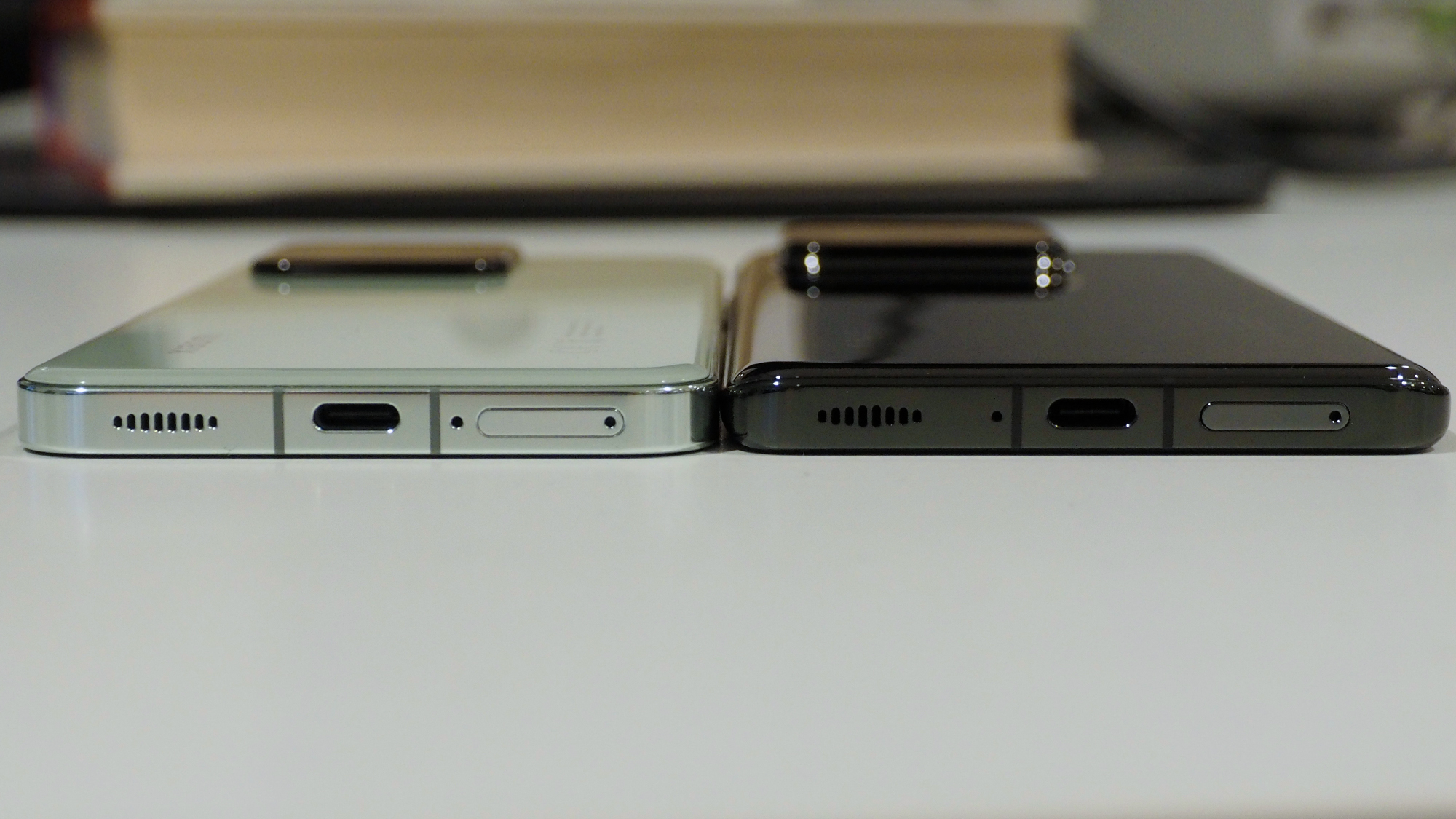
Both the Xiaomi 13 and Xiaomi 13 Pro were first unveiled for the Chinese market back on December 11 2022, however, fans globally have had to wait until the Mobile World Congress trade show in Barcelona, Spain, where on February 26, the phones released globally, accompanied by the addition of the Xiaomi 13 Lite.
Although a global release, with Xiaomi's absence from the US and Australian markets, you likely won't see the phones available unless purchased through gray market channels in each region.
Prospects in the UK are (ironically) sunnier for the Xiaomi 13 Pro's availability, with Xiaomi itself, along with 'official retail channels' and local retailers, like Currys and Argos, stocking the phone from March 14.
| RAM / Storage | US price | UK price | AU price |
| 12GB / 256GB | N/A | £1,099 | N/A |
In the UK, the Xiaomi 13 Pro is priced at £1,099 (approximately $1,310 / AU$1,950), undercutting the aforementioned iPhone 14 Pro Max and S23 Ultra by £100 and £150, respectively, but falling short of the recently-released OnePlus 11, which packs the same chipset and relies on the expertise of Hasselblad for its camera credentials instead of Leica.
For context, the standard Xiaomi 13 costs £849 (approximately $1,015 / AU$1,510) and the Xiaomi 13 Lite comes in at £449 (approximately $535 / AU$800), in the UK.
Hands-on Xiaomi 13 Pro review: Specs

In China, you'll find the Xiaomi 13 Pro with more memory (8GB or 12GB), storage (128GB / 256GB / 512GB) and finish (blue or ceramic white, black or green) variations than the rest of the world, while most international markets serve the phone up with 12GB of RAM and either 256GB or 512GB of storage, along with ceramic white or black finishes. UK buyers only have a single 12GB RAM, 256GB storage option in ceramic black to choose from, but I'm not complaining.
Why Xiaomi pairs down the variety of 13 Pros customers can opt for overseas – especially in the UK – is unclear, but at a guess it's that the company can't guarantee sales in the same way it can in its homeland.
Like the Galaxy S23 series, the Xiaomi 13 Pro also benefits from the latest in memory and storage technology; with faster and more power efficient LPDDR5X RAM and UFS 4.0 storage (up from LPDDR5 and UFS 3.1 on the Xiaomi 12 Pro).
| Header Cell - Column 1 | |
|---|---|
| Dimensions: | 74.6 x 162.9 x 8.38mm |
| Weight: | 229g |
| Screen: | 6.73-inch 20:9 WQHD+ (3200 x 1440) 120Hz LTPO E6 AMOLED, protected by Gorilla Glass Victus |
| Chipset: | Qualcomm Snapdragon 8 Gen 2 |
| RAM: | 12GB (LPDDR5X) |
| Storage: | 256GB / 512GB (UFS 4.0) |
| OS: | Android 13 w/ MIUI 14 |
| Primary camera: | 50MP, f/1.9, 23mm 1-inch sensor w/ OIS (Sony IMX989) |
| Ultrawide camera: | 50MP, f/2.2, 14mm, 115° FoV |
| Telephoto camera: | 50MP, f/2.0, 75mm, 3.2x optical zoom w/ OIS |
| Front camera: | 32MP, f/2.0, 1mm, 89.6° FoV |
| Audio: | Stereo speakers w/ Dolby Atmos |
| Battery: | 4,820mAh |
| Charging: | 120W wired, 50W wireless, 10W reverse wireless |
| Colors: | Ceramic Black, Ceramic White |
Hands-on Xiaomi 13 Pro review: Design
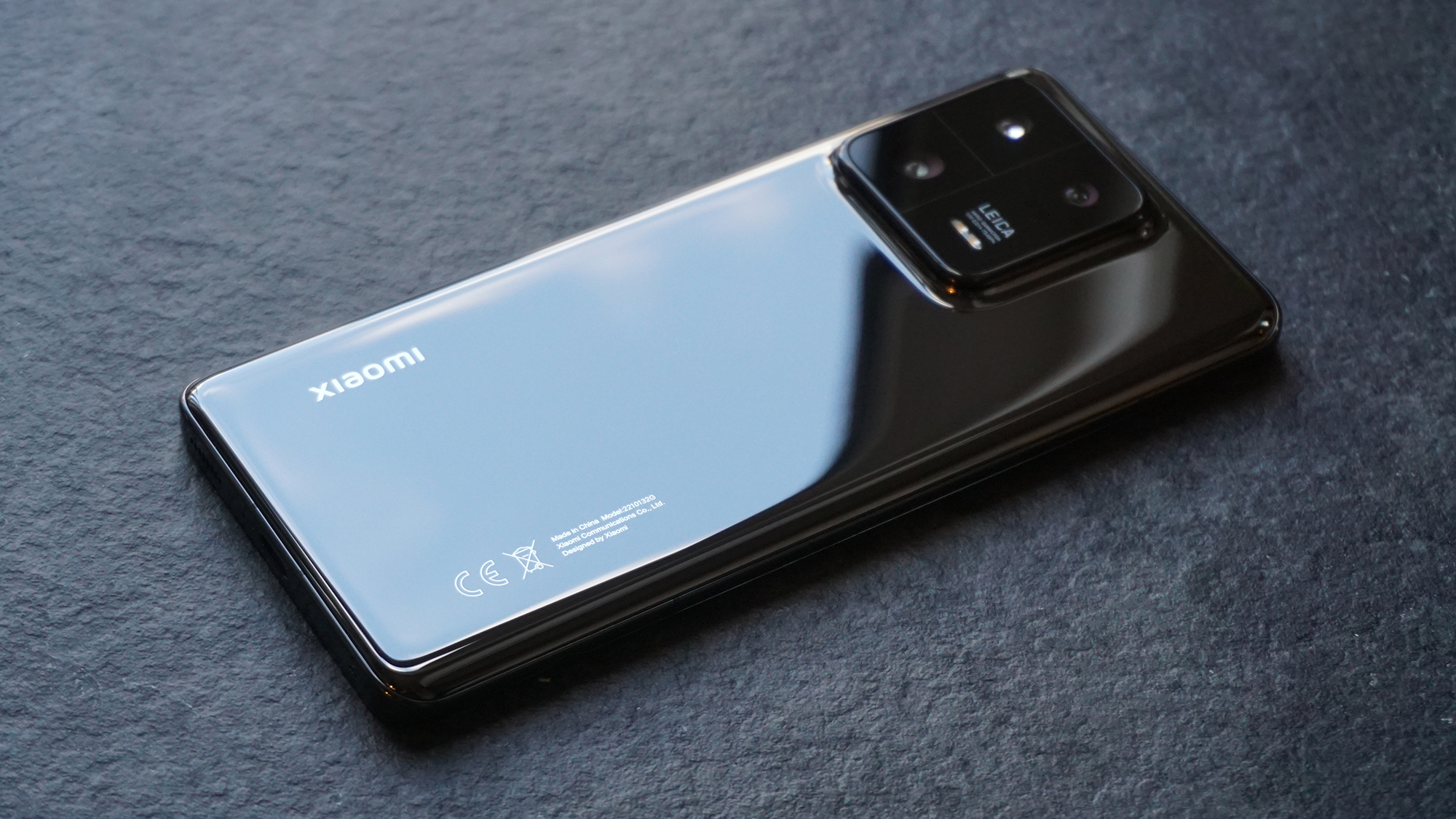
- Elegant ceramic finish
- Sizeable camera bump
- Fingerprint magnet
Unlike previous generations, the Xiaomi 13 series isn't quite as consistent across models, aesthetically speaking.
The 13 and 13 Pro both sport a pillowed back (hewn from Gorilla Glass in the case of the 13 and ceramic in the case of the Pro), as well as a prominent squircle Leica-branded camera bump. And what a bump it is; the Pro's, in particular, has to make room for that huge 1-inch sensor and two OIS systems, meaning it rises high off the phone's back.
In truth, it's unapologetic, which I admire, and while it perhaps doesn't look quite as elegant as the Xiaomi 12 series' camera modules, it's an undeniable statement; representing the phone's power and photographic prowess.
The 13 and 13 Pro also stand apart from one another with the latter's use of a rounded aluminum frame (not unlike the OnePlus 11), to the standard model's decidedly iPhone 14-like flat polished edging. Oddly enough, the Xiaomi 13 Lite most closely emulates Xiaomi 12 series design language out of the three new phones.

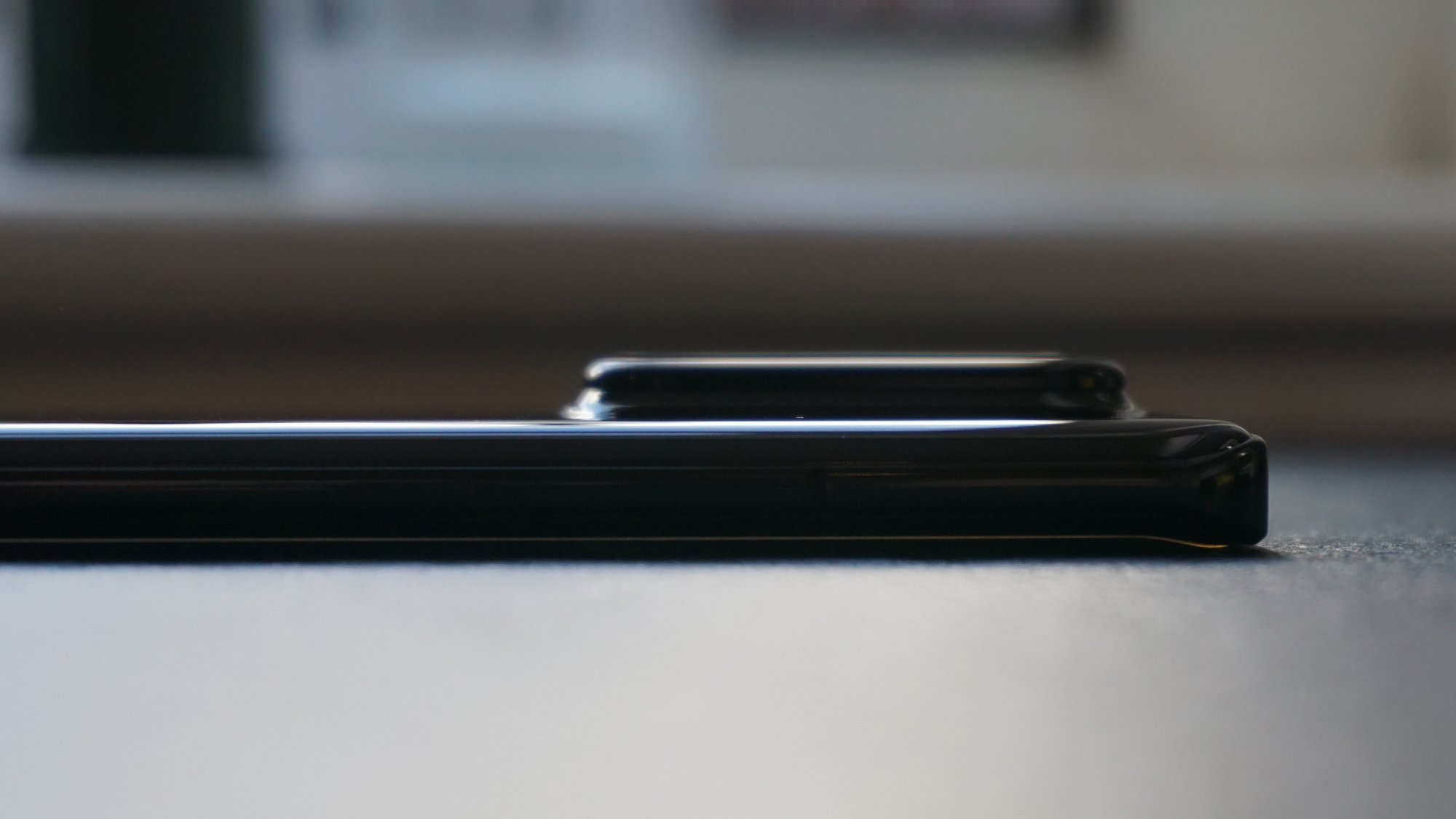

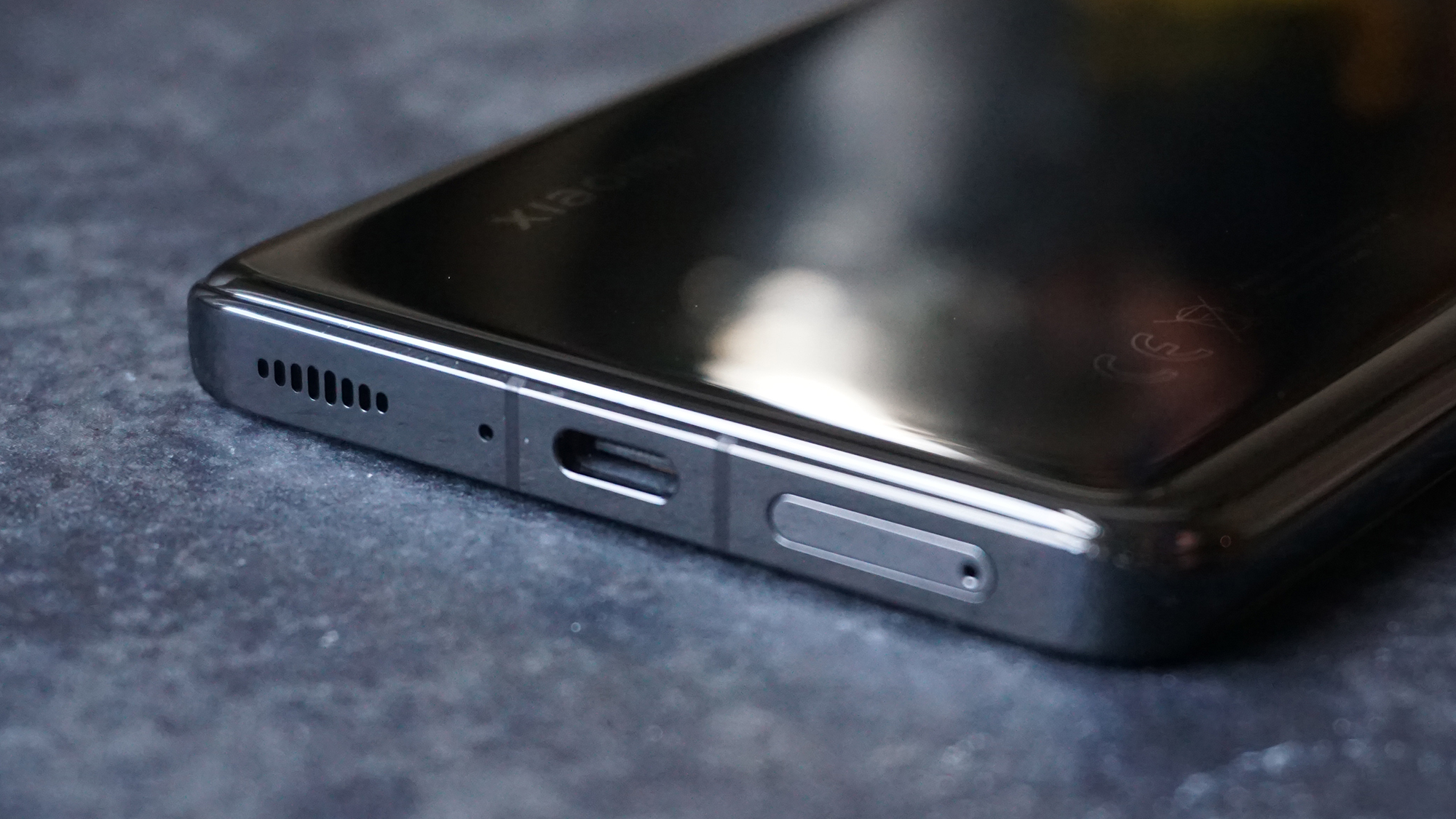

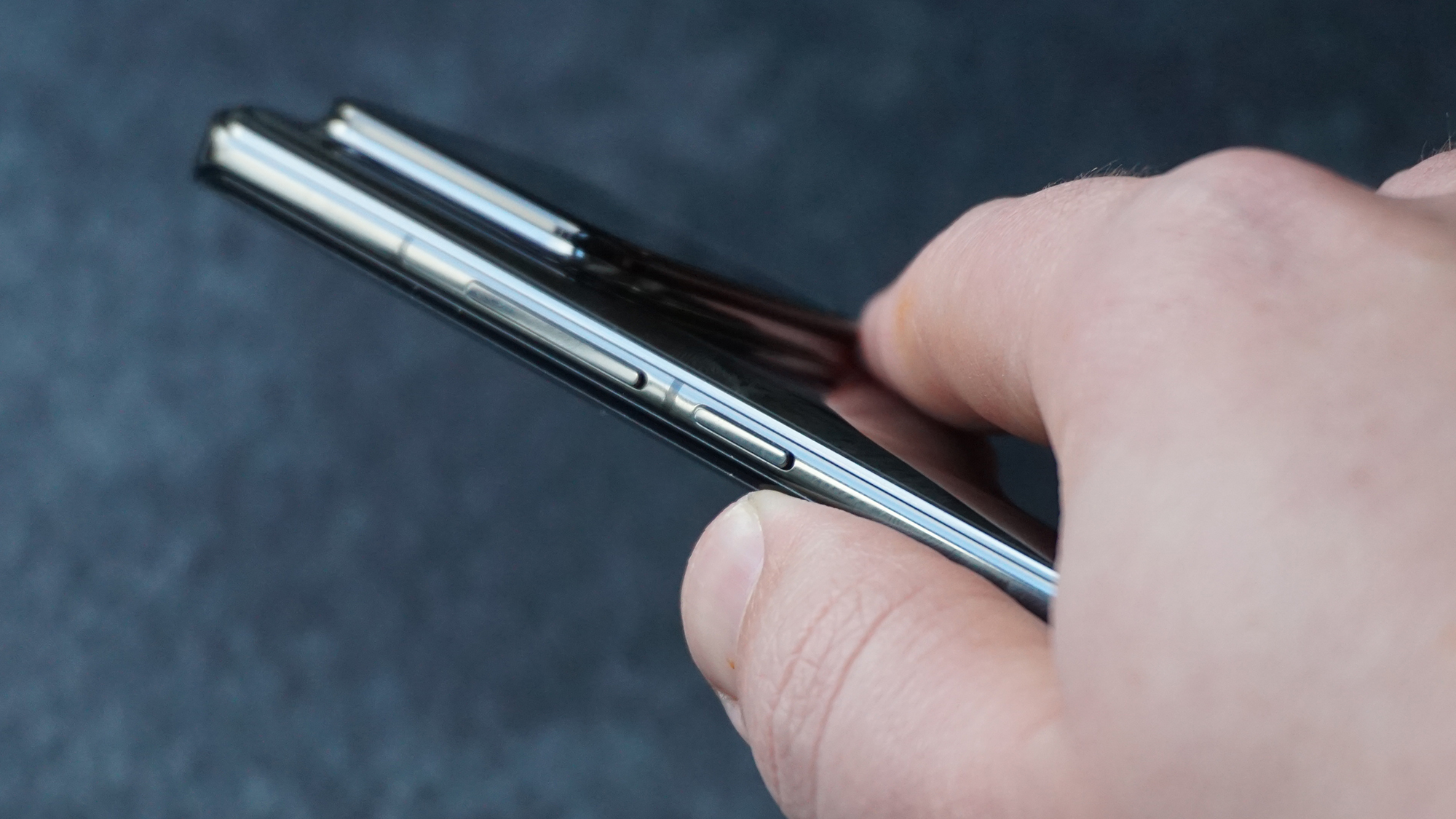
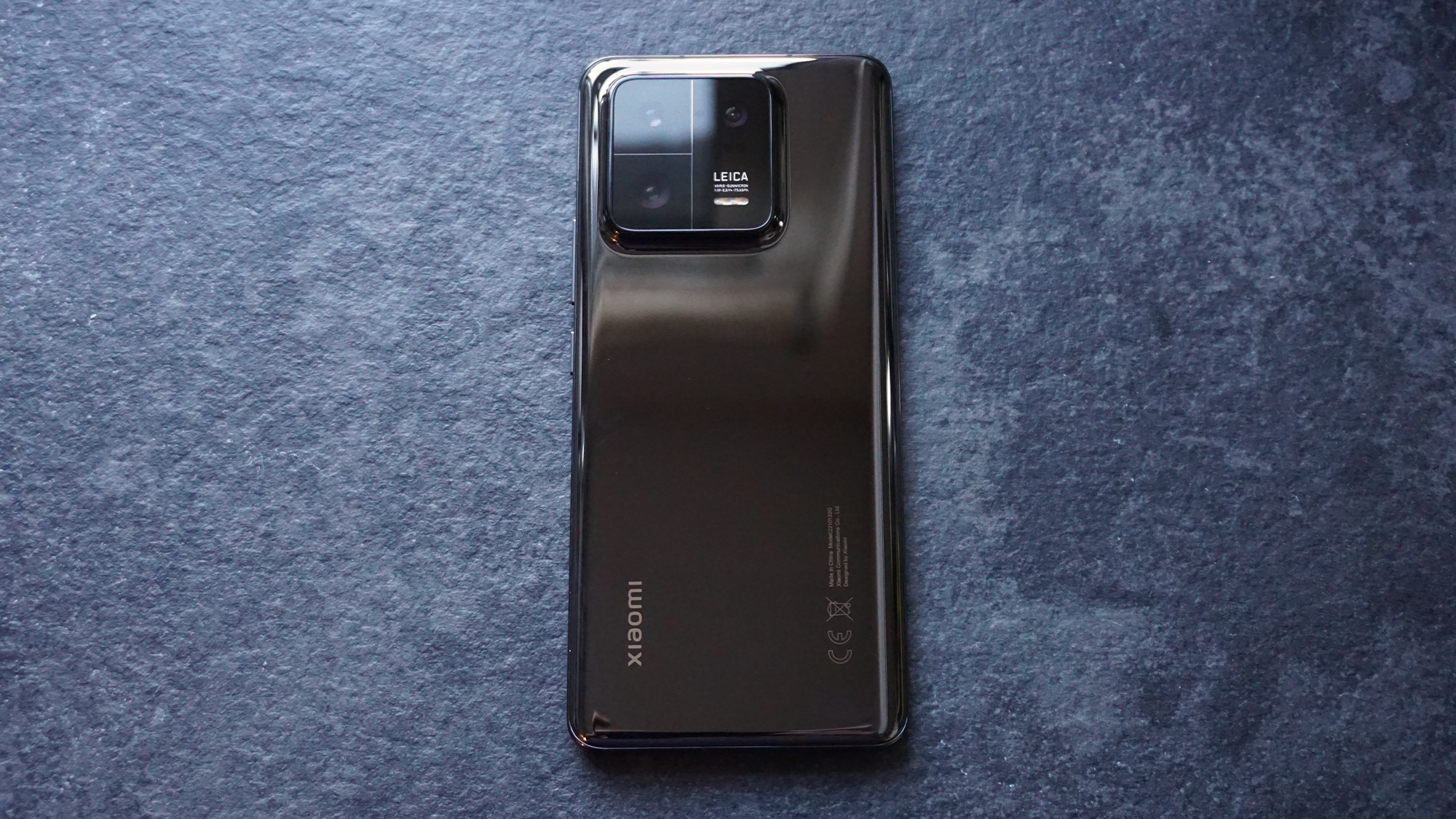
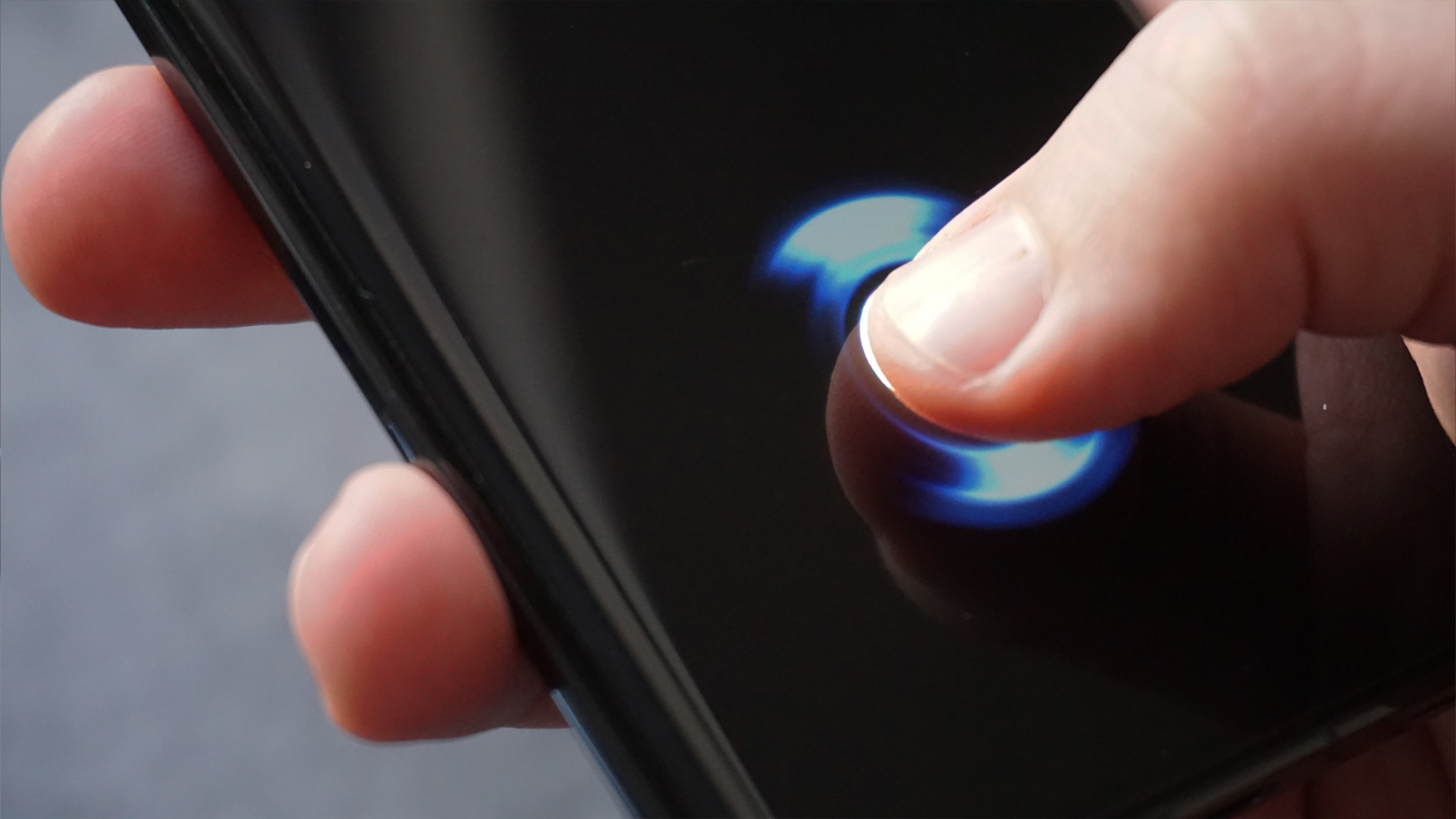
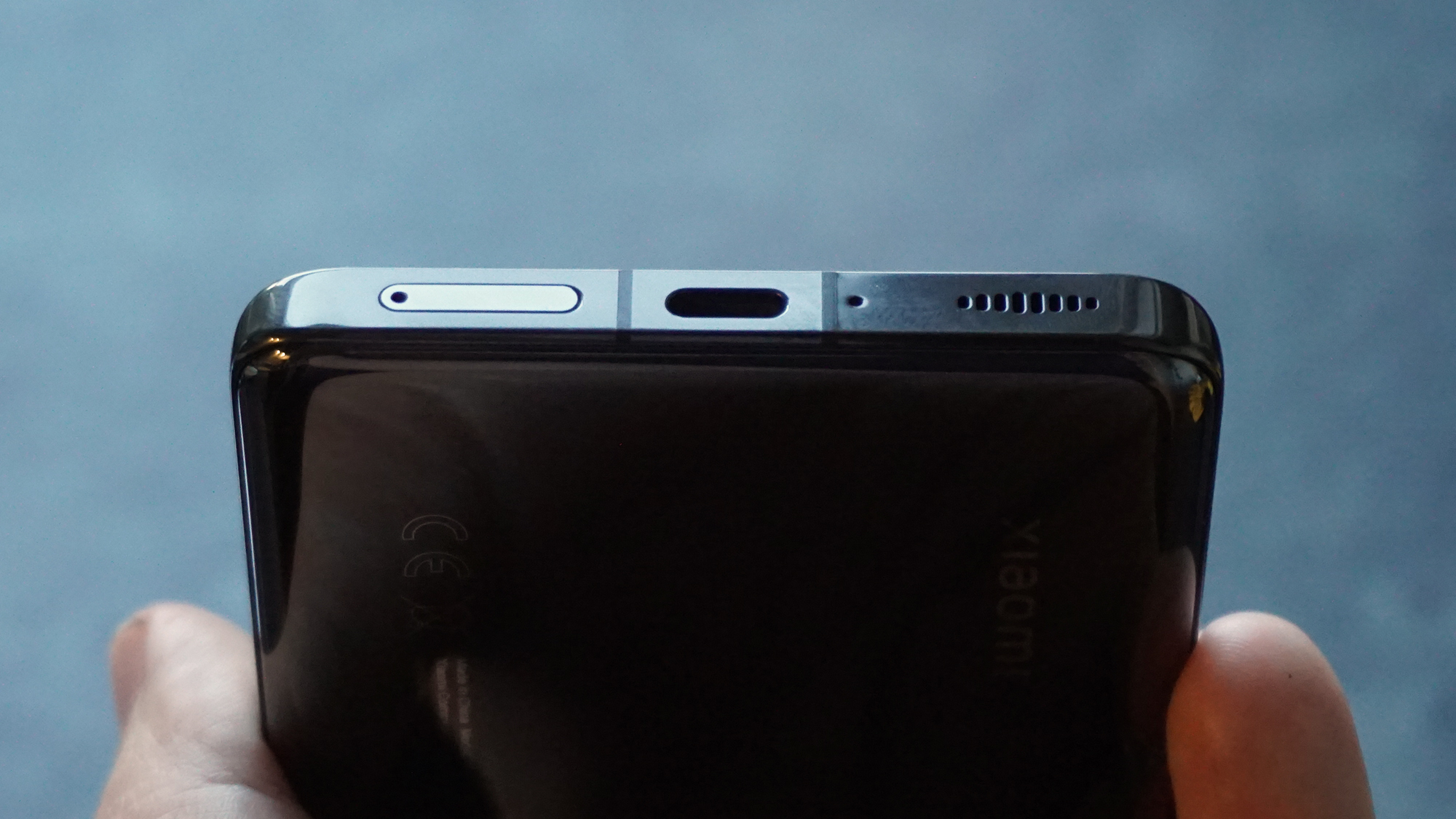
The ceramic black back (pictured) of the 13 Pro is cool to the touch, while its rounded form makes this fairly large phone sit comfortably in the hand; although that polished finish is no-less susceptible to fingerprints and smudges than glass (even the included flexible transparent case holds onto them too).
At 229 grams, the Xiaomi 13 Pro is a heavy device too – even for its size. Sure, it's not as weighty as the S23 Ultra (234 grams) or the latest Pro Max iPhone (240 grams) but it's in the same ballpark, for sure. It's rounded form is IP68 dust and water resistant too, which is appreciated.
Although more colorways would be welcome, the fact that it's only available in black in the UK isn't all that bad, as it best complements that large camera bump and serves up the most tasteful appearance overall (fingerprints permitting), in my opinion.
Hands-on Xiaomi 13 Pro review: Display
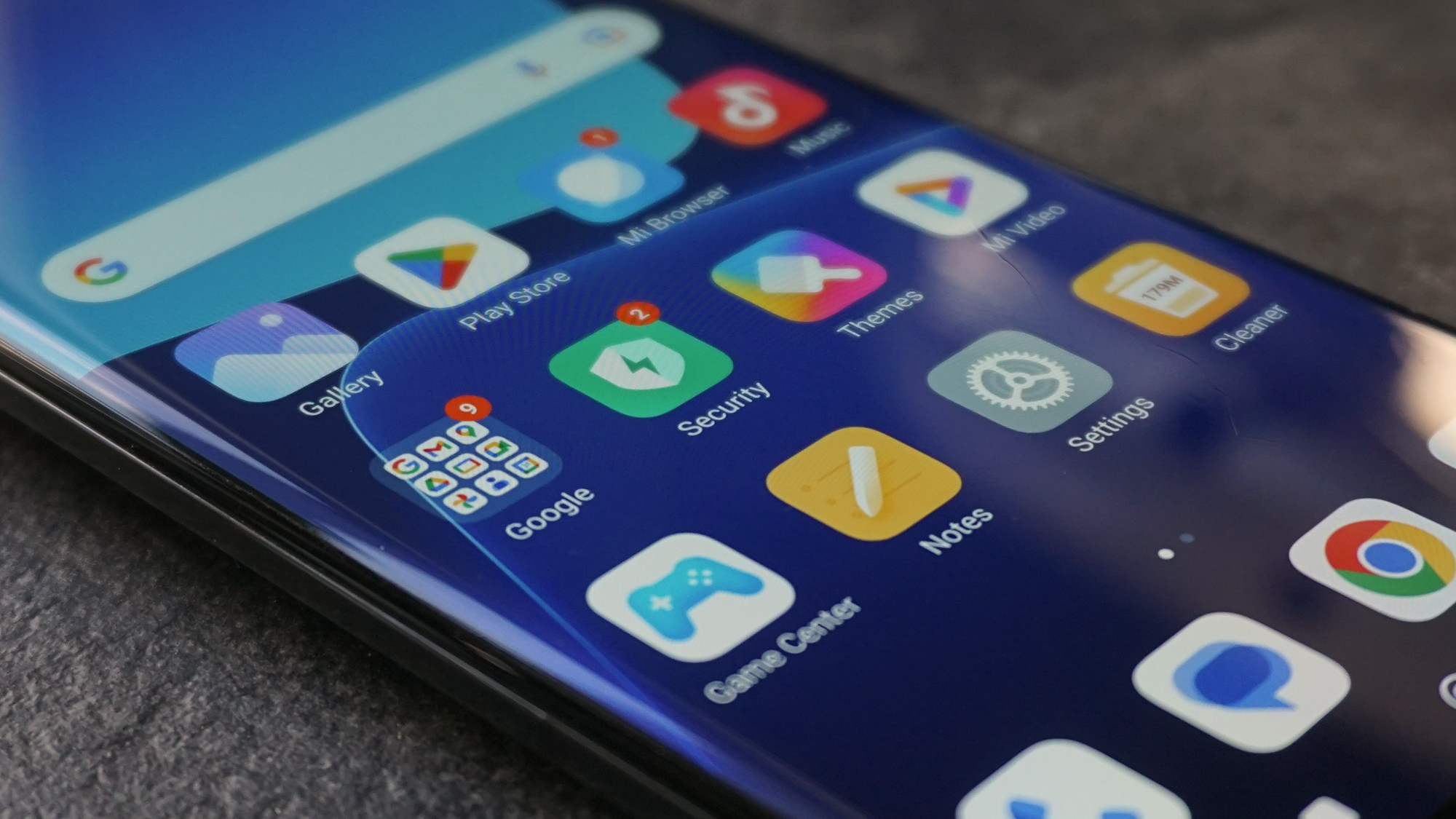
- 6.73-inch 'AdaptiveSync Pro' AMOLED display w/ exceptional brightness and viewing angles
- Dynamic 1Hz to 120Hz refresh rate. 240Hz touch sampling rate
- Gorilla Glass Victus front
Brightness was one of the big wins for the Xiaomi 12 Pro's display, especially during video playback, and that's what's seen the biggest upgrade. The Xiaomi 13 Pro's screen now tops out at a beaming 1,900nits, up from 1,500 previously.
To the eye, while brightness is undeniably impressive, I was also surprised by the screen's exceptional viewing angles, which appear to show minimal brightness drop-off or color distortion, even at extreme angles.
Beyond these key traits, the 13 Pro serves up a viewing experience similar to its predecessor, set behind a layer of protective Gorilla Glass Victus.
The 6.73-inch 20:9 E6 AMOLED 'AdaptiveSync Pro' display boasts a dynamic 1Hz to 120Hz refresh rate, with a 240Hz touch sampling rate that's ideal for gaming. The WQHD+ resolution at this size also ensures that it's sharper than most rivals' screens, with a pixel density of 522ppi.
Xiaomi's MIUI software also serves up plenty of control over the viewing experience, which itself is flexible enough to support various display standards; from Dolby Vision to HDR10+. What's more, it comes with SGS Eye Care certification, which means the 13 Pro's screen is equipped to ensure less eye fatigue than some competitors' displays (likely possible through included technologies like its 1920PWM dimming and adaptive reading mode).
There's also a perfectly responsive optical in-display fingerprint sensor, however, the face unlock enabled by the punch-hole in the top-center of the screen is even more eager to unlock the phone at some impressive angles and distances.
Hands-on Xiaomi 13 Pro review: Software
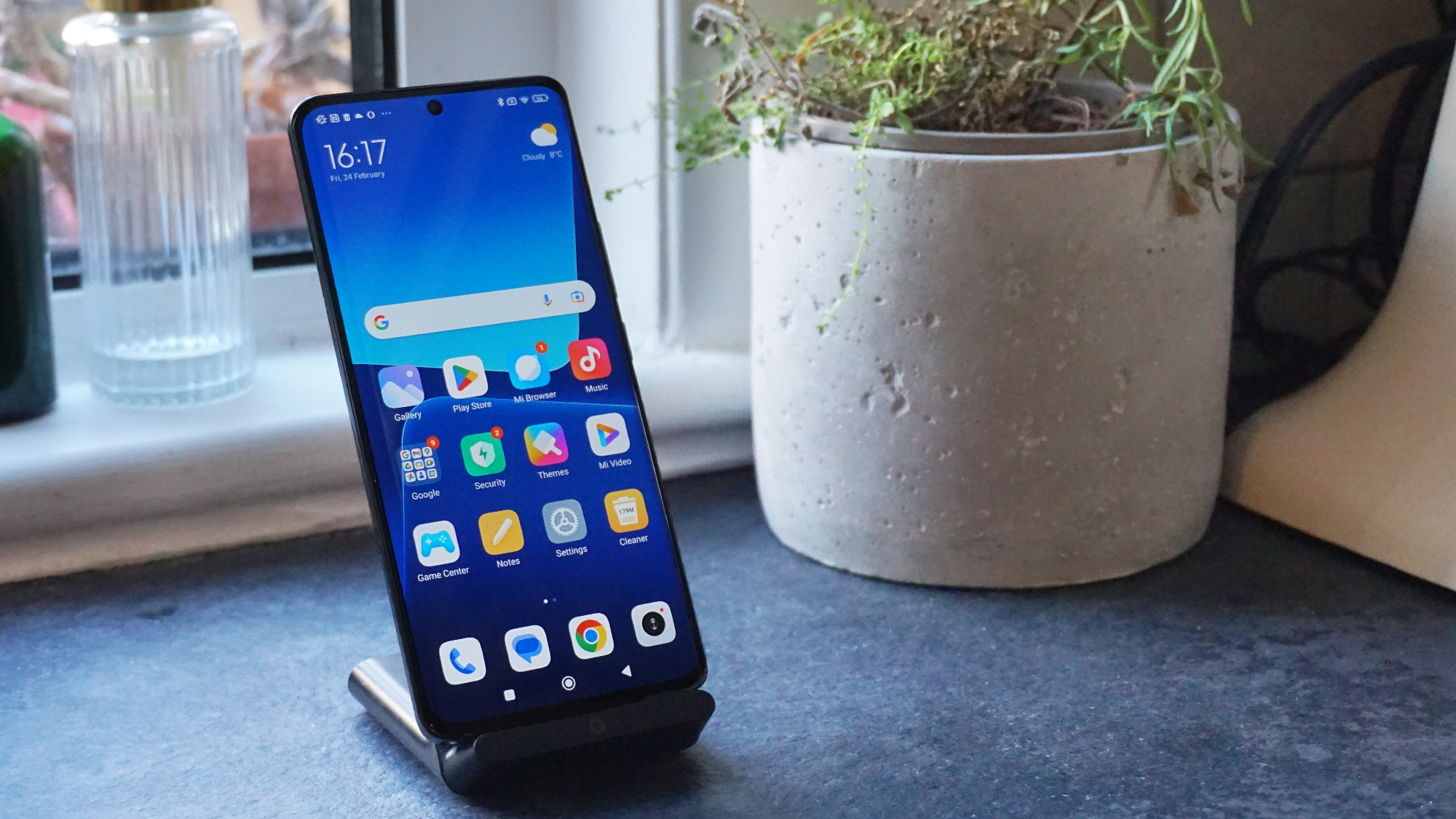
- Runs Android 13 on top of Xiaomi MIUI 14 out the box
- 3 years of OS updates, 5 years security updates
- Duplicate apps aim to add value
Xiaomi's MIUI has long pulled away from the established Android user experience you'll find on phones like Google's own Pixel 7 and Pixel 7 Pro, with a layout and behavior that, on the surface, is more reminiscent of Apple's iOS.
Swiping down from the top right reveals the quick settings menu, while pulling from the top left corner brings in your notifications. There's no apps drawer by default, and Xiaomi also favors three-button navigation as standard. However, both of these interface choices can be reverted, to reinstate the drawer and favor gestures instead, by altering settings.
In fact, MIUI 14 running atop Android 13, as it comes on the Xiaomi 13 Pro, is heaped in customization; with a theme store that can change everything from the wallpaper to apps icons, plus the ability to swap out UI animations and more.
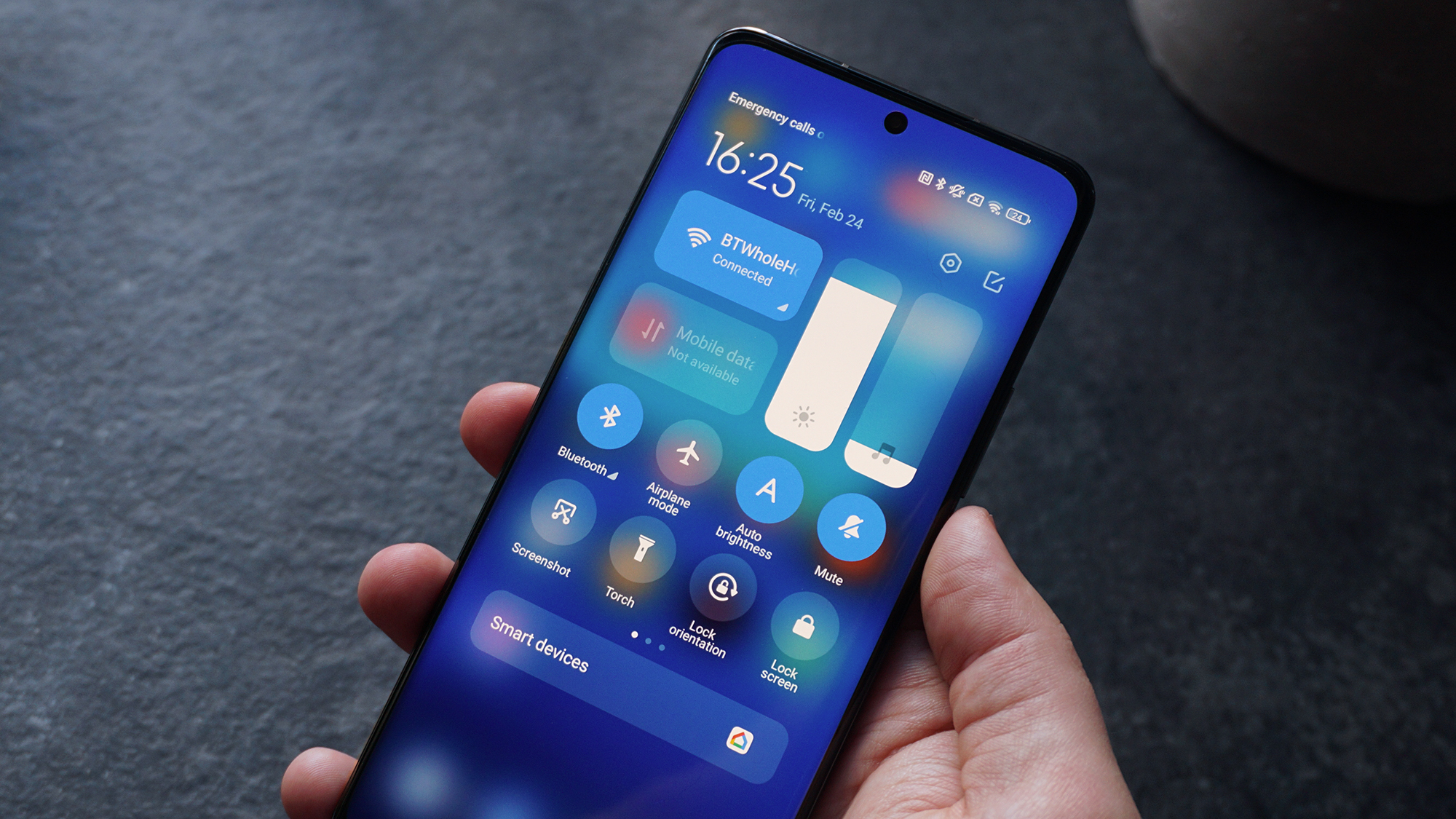
There are also a fair number of third- and first-party apps that stand alongside the expected gamut of Google apps, including Chrome, Google Photos, Google Maps and the like. The third-party entries, for the most part, feel like spam (I don't need Booking.com at my beck and call), but can thankfully be uninstalled.
As for the first-party apps, while there are a fair number of duplicate offerings to Google's pre-installed suite of service, Xiaomi does try to offer a little added value. Xiaomi's web browser, for example, has a number a nice additional features not found on Chrome, like a built-in video downloader.

There are also characterful elements that add a little zest to what is otherwise and conventional user experience, like the way storage used is represented by a virtual liquid that sloshes around on-screen and reacts to how you move and rotate the phone in your hand.
Xiaomi's also continuing its respectable commitment to software support for its flagship devices, and both the Xiaomi 13 and Xiaomi 13 Pro arrive with up to three years of subsequent OS release updates and five years of security updates. That's on-par with Google Pixel and a year less than Samsung and OnePlus, in terms of OS support, but still, pretty good.
Hands-on Xiaomi 13 Pro review: Cameras
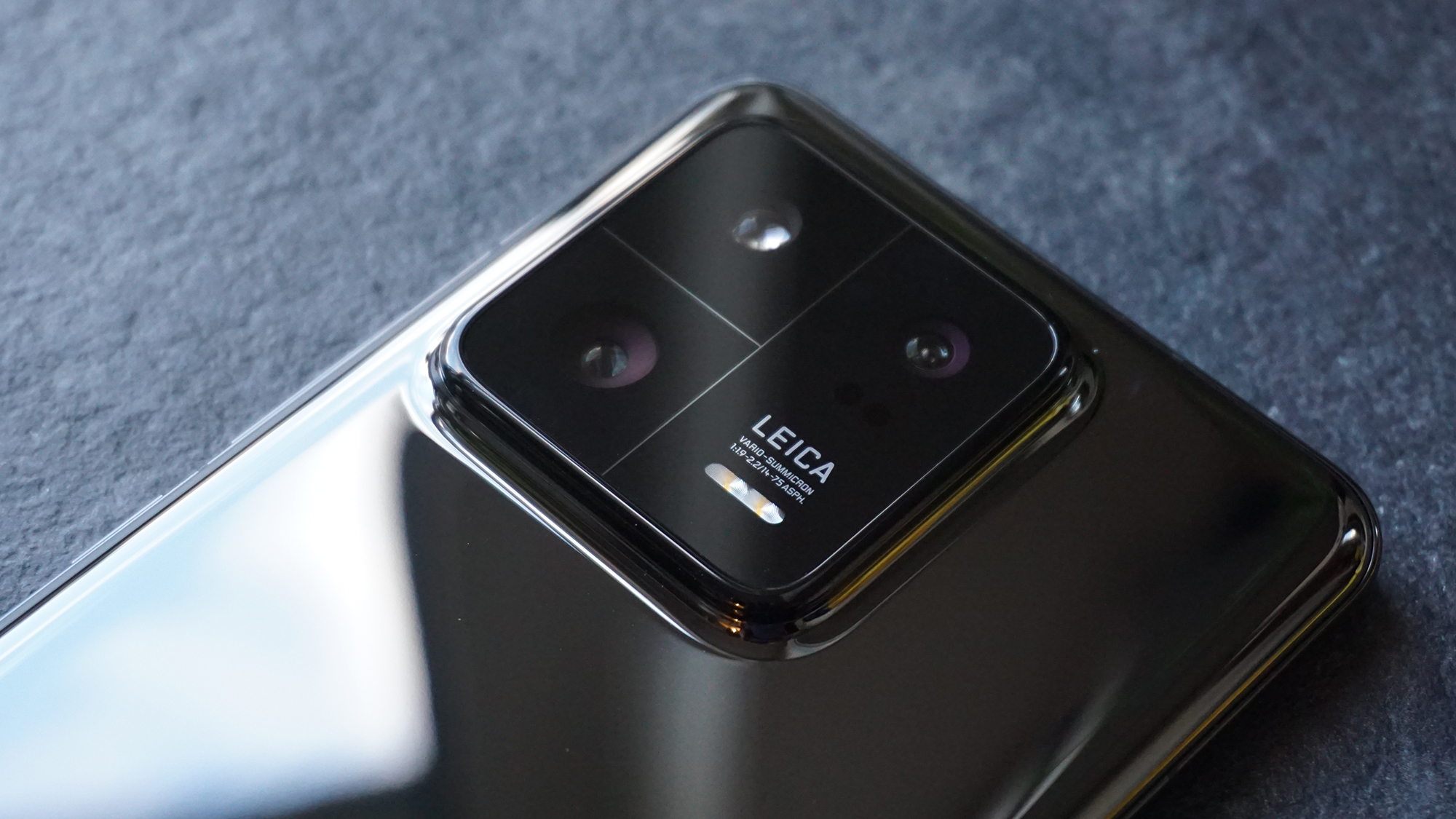
- First Leica-branded triple rear camera setup for Xiaomi, globally
- 50MP f/1.9 main camera w/ OIS, Sony IMX989 1-inch sensor and Leica Vario-Summicron ASPH 23mm lens
- 50MP f/2.0 'floating' telephoto camera w/ OIS and 3.2x optical zoom
- 50MP f/2.2 ultrawide camera w/ 115° FoV
If you're willing to embrace the Xiaomi 13 Pro's not-insignificant camera bump, you'll be gaining what looks to be a formidable trio of 50MP sensors, tuned in partnership with the camera masters at Leica.
While the Xiaomi 12S Ultra was the first phone to leverage Xiaomi's Leica partnership after the camera company's previous collaboration with Huawei came to an end, the Xiaomi 13 series is the first of the company's devices to launch internationally packing Leica-supported camera tech.
Beyond the branding on the back and the elaborately-named 'Vario-Summicron ASPH' lens setup, Leica's involvement also carries across to the software side of things too. You have the choice of shooting in 'Leica Vibrant' or 'Leica Authentic', with Vibrant pushing contrast and color saturation, while Authentic intended to yield more true-to-life imagery; something I'll be putting to the test come the full review.
What Xiaomi's calling the 'master-lens system' makes picking the right lens for the the intended result easier and more akin to rifling through a bag of physical lenses, while the 'Xiaomi Image Engine' is in place to deliver less shutter lag than previous entries and faster autofocus on subjects, even if they're in motion.
There's also the option to shoot in Pro mode, which allows for 10-bit RAW DNG capture, with color profiles on hand, created by Adobe.
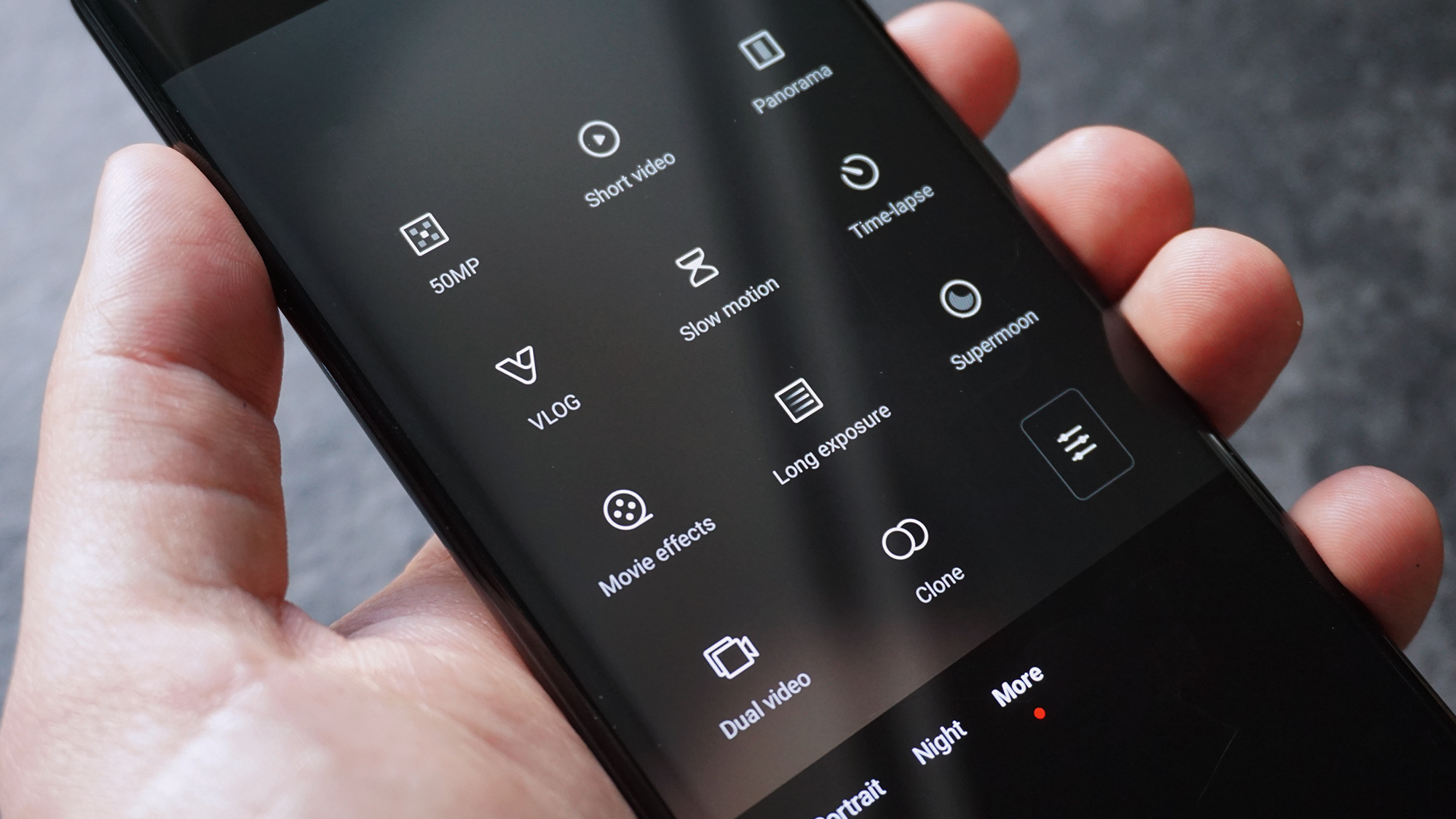
50MP across the board ensures a greater level of consistency when shooting the same scenario using all three of the phone's rear lenses, however, that huge one-inch Sony sensor's ability to combine four pixels into one larger 3.2μm binned-pixel should make for some excellent low light shooting, supported by an OIS (optical image stabilization) system called 'HyperOIS' and an 8P lens configuration for greater clarity and reduced reflectivity.
The 50MP telephoto sensor, with its 3.2x optical zoom, also sounds impressive, thanks to its floating lens construction – which should prove particularly helpful when capturing portrait shots.
There's also 8K video capture at 24fps on the table, along with Dolby Vision-compliant 4K video capture at 30fps, with promised enhancement for recording at night.
It's also worth mentioning that there's a 32MP front-facing punch-hole camera, set into the top of the display, that supports HDR and portrait shooting too.
If it isn't already obvious, the cameras are a huge part of what defines the Xiaomi 13 Pro experience and there's a lot to dig into, for which I'll be serving up camera samples and a complete evaluation come the full review.
Hands-on Xiaomi 13 Pro review: Performance and audio

- Qualcomm Snapdragon 8 Gen 2 chipset
- Connectivity includes the latest Wi-Fi 7 standard
- Powerful stereo speakers
Both the Xiaomi 13 and 13 Pro run Qualcomm's latest and greatest mobile SoC – the Snapdragon 8 Gen 2. While not the tuned variant exclusive to Samsung's Galaxy S23 series, even in its standard form, it's already proven its potential as one of the best pieces of silicon on the market; offering notable gains in performance, graphics and gaming, and AI computing.
As mentioned earlier, the global 13 Pro can be had with 12GB of LPDDR5X RAM and up to 512GB of UFS 4.0 storage, both of which boast greater read and write speeds, as well as improved power efficiency, compared to the RAM and storage in last year's Xiaomi 12 Pro.
Connectivity includes 5G, with dual SIM support, NFC and support for the latest Wi-Fi 7 standard and speeds.
On the audio side of things, Xiaomi launched the Xiaomi 13 Pro alongside the Buds 4 Pro true wireless buds, which can connect over the phone's Bluetooth 5.3 connection, while integrated stereo speakers boast Dolby Atmos support. In practice, there's a definite bias towards the down-firing speaker, but volume and overall clarity seem strong, based on my initial impressions.
Hands-on Xiaomi 13 Pro review: Battery life

- Larger 4,820mAh battery than predecessor
- 120W wired fast charging (charger in box)
- 50W wireless and 10W reverse wireless charging support
A lot of the Xiaomi 13 Pro's size and weight presumably comes from the new, high-capacity, higher-density 4,820mAh battery it has to find room for.
Like its predecessor, Xiaomi has seen fit to grace the 13 Pro with an impressive set of numbers when it comes to charging: 120W 'HyperCharge' fast wired charging, plus rapid 50W wireless charging and 10W reverse wireless charging (compatibility permitting) that's collectively faster than pretty much any other phone that supports all three technologies.
Xiaomi quotes a rapid recharge time of only 19 minutes to 100% over wired charging, and the Surge charging chip onboard keeps watch over the recharge process to make sure things stay cool, stable and safe, and battery health over time remains as good as it can be.
By comparison, the standard Xiaomi 13's 67W fast wired charging promises to reach 100% in 38 minutes, which is still very respectable and both entries in the series stand head and shoulders above both Apple's and Samsung's newest flagships, in terms of quote recharge time. As for real-world performance, you won't have to wait long to find out from us whether Xiaomi is true to its word.
First tested February 2023

Alex joined as TechRadar's Senior Phones Editor in June 2022, but brings over a decade's worth of experience to the role, with an expertise in smartphones, tablets and wearables. He's covered keynotes hosted by the biggest brands and attended the launches for some of the most influential mobile products of the last few years. His experience was amassed at some of the most reputable consumer technology publications out there, including GSMArena, TechAdvisor and Trusted Reviews.
What is a hands on review?
Hands on reviews' are a journalist's first impressions of a piece of kit based on spending some time with it. It may be just a few moments, or a few hours. The important thing is we have been able to play with it ourselves and can give you some sense of what it's like to use, even if it's only an embryonic view. For more information, see TechRadar's Reviews Guarantee.
